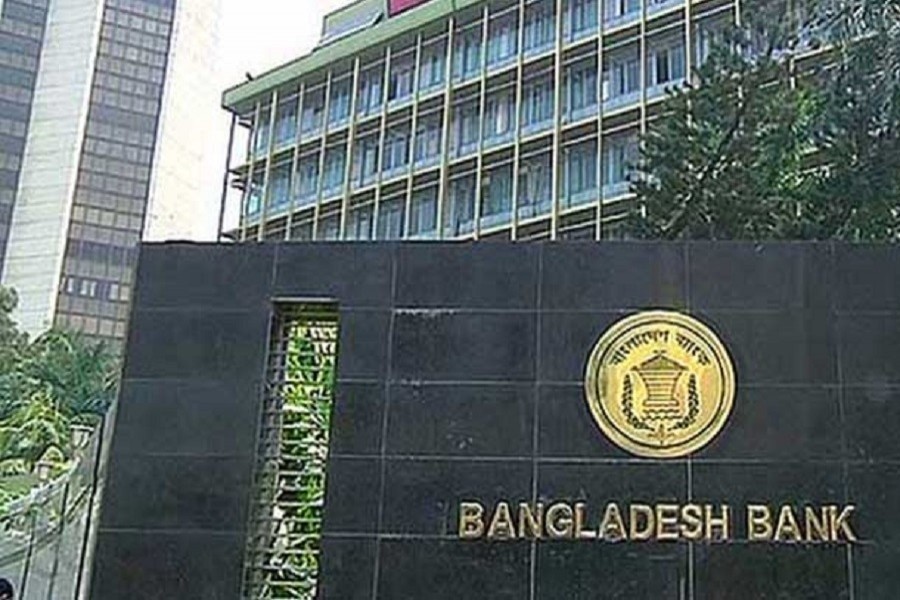The central bank has pumped over US$7.0 billion into the country's overheated foreign-exchange (forex) market in around 11 months to defend exchange rate of the local currency against the greenback.
A total of $7.34 billion has been sold from Bangladesh's forex reserve since August 18 of the current fiscal year (FY), 2021-22, to the commercial banks as part of the Bangladesh Bank's (BB) ongoing liquidity support, according to latest official figures.
The central bank has strengthened its foreign-currency support to the scheduled banks in recent months to handle volatility in the forex market, officials said.
"We're directly providing such liquidity support to the banks in a bigger way for settling import-payment obligations, particularly for importing six essential items, including fuel-oils," a senior BB official told the FE on Sunday.
Other items are LNG (liquefied natural gas), food-grains, fertilisers, coronavirus vaccines, and electricity, according to the central banker.
As part of the ongoing moves, the BB sold $1.39 billion to the banks during June 01-June 23 period of this calendar year, adding up to the 11-month tally. It was $1.03 billion in May 2022.
"We may continue providing such foreign-currency liquidity support to the banks in line with the market requirement," the BB official added.
Market operators, however, said the demand for the greenback has been gradually increasing - following the ongoing Russia-Ukraine war along with an economic rebound from the Covid-19 pandemic.
Higher prices of commodities, including fuel-oils, in the global market also pushed up import payment obligations in recent months, they explained.
"The demand for the US currency is still prevailing high - mainly due to higher import payment obligations, particularly for petroleum products and consumer items, including food-grains," a senior treasury official at a leading private commercial bank (PCB) told the FE.
The settlement of letters of credit (LCs), generally known as actual import, in terms of value, rose by 48.25 per cent to $67.87 billion during the July-April period of FY 22, from $44.78 billion in the same period of the previous fiscal, according to the BB's latest statistics.
The treasury official also urged the authorities concerned to manage both demand and supply sides of the US currency - instead of its supply side only - to bring back stability in the market.
"The step should be taken immediately to manage demand side of the US dollar."
He also said lower flow of inward remittance has also enhanced the pressure on the inter-bank forex market recently.
Inward remittance dropped nearly 16 per cent to $19.19 billion during the July-May period of FY 22 - from $22.84 billion in the same period of FY 21, the BB data show.
In the meantime, Bangladesh's forex reserve maintained a downturn in the last couple of months - following lower flow of inward remittance and higher import-payment obligation.
The forex reserve dropped to $41.47 billion on Sunday - from $48.06 billion in August, according to official figures.
On the other hand, the US currency was quoted at Tk 92.95 each on the day, unchanged from the previous level. It was Tk 92.80 on June 19.
The local currency lost its value worth Tk 7.15 or 8.33 per cent since January 2022. The dollar was traded at Tk 85.80 each on January 08.
The Bangladesh Taka (BDT) is maintaining a depreciating trend - mainly due to higher outflow of foreign exchange - following a hefty growth in import payment amid global price rise, compared to the inflow in the last few months.
The mismatch has resulted in widening current-account deficit in a macroeconomic imbalance that prompts the government to adopt some thrift measures and put baits on offer for netting foreign exchange to secure the depleting reserve.


